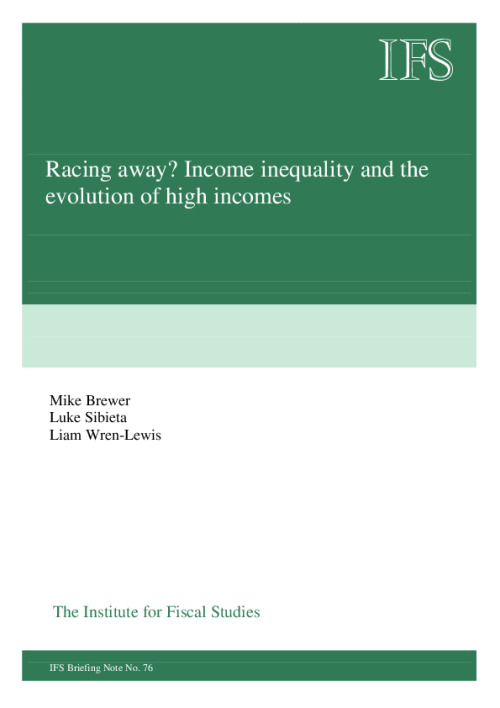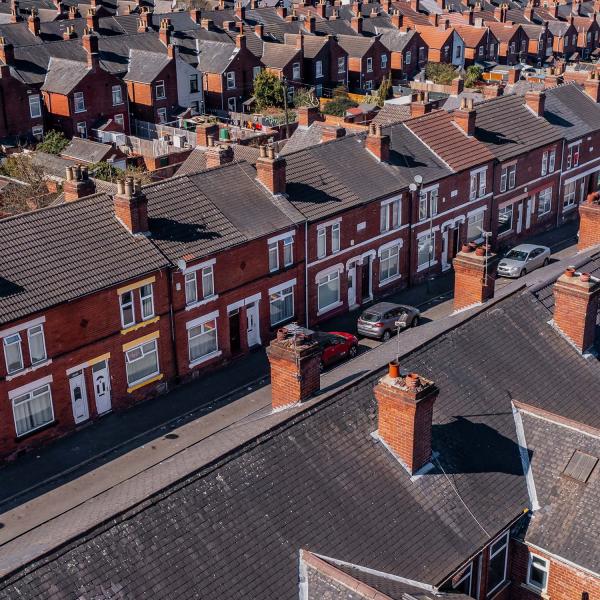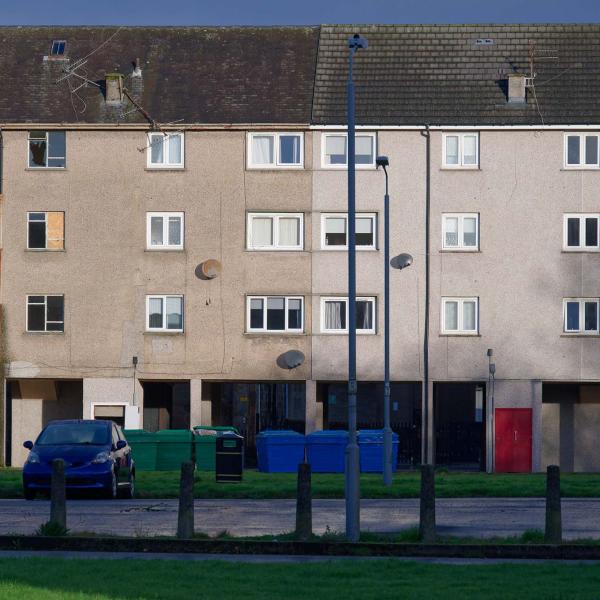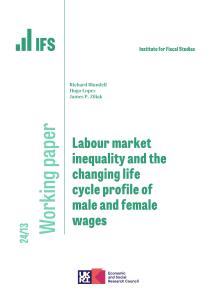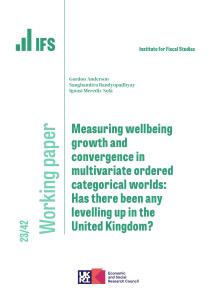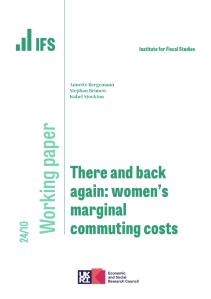This Briefing Note provides an analysis of the characteristics of high-income individuals and how their incomes have evolved over time.
We begin by setting out recent trends in overall income inequality and why these lead us to focus on the pattern of income growth at the very top of the income distribution. We then present some basic facts about high-income individuals and how they compare with the rest of society (for example, what is their average before-tax income, what is their average tax rate, how much of total personal income do they receive, in what industries do they tend to work?). We then discuss recent trends in their incomes over time and how this pattern compares with that for the rest of the income distribution. We then briefly summarise some recent research on longer-term trends in high incomes. Appendix A will undertake a brief comparison with other sources of information - compensation of executives and measures of personal wealth.
